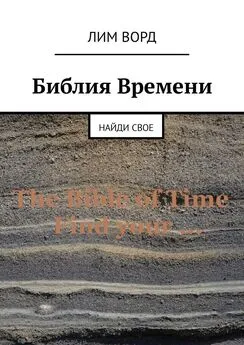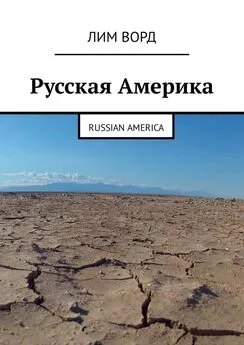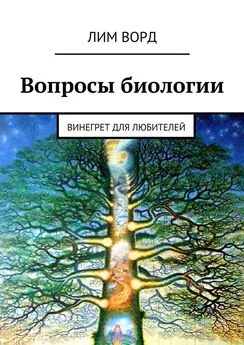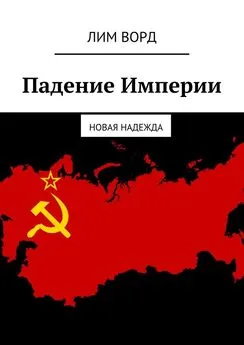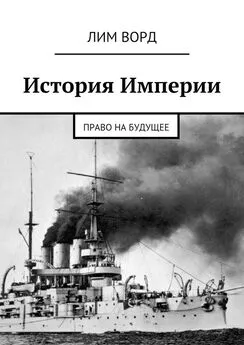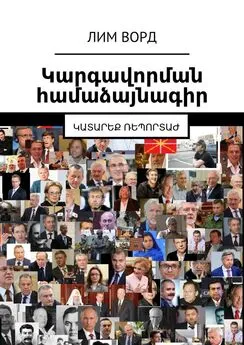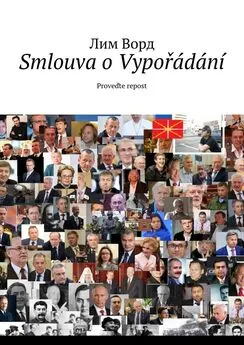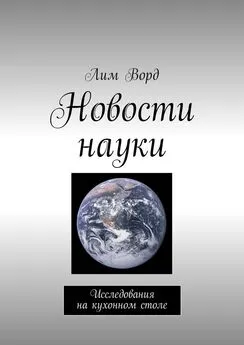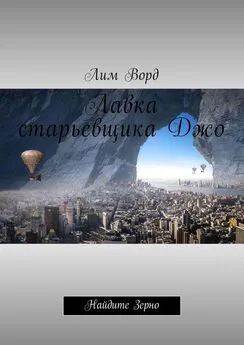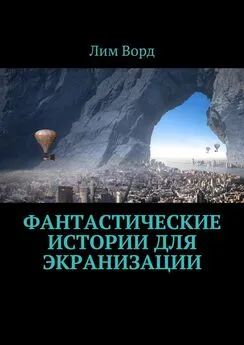Лим Ворд - Библия Времени. Найди свое
- Название:Библия Времени. Найди свое
- Автор:
- Жанр:
- Издательство:неизвестно
- Год:неизвестен
- ISBN:9785449318695
- Рейтинг:
- Избранное:Добавить в избранное
-
Отзывы:
-
Ваша оценка:
Лим Ворд - Библия Времени. Найди свое краткое содержание
Библия Времени. Найди свое - читать онлайн бесплатно ознакомительный отрывок
Интервал:
Закладка:
Bogdan Khmelnitsky dies in 1657 (61), in all probability, from a hemorrhage to the brain. In 1664 the Polish voivode, whose name will not tell us anything, seizes Subotov farm, orders to dig up the hetman’s ashes and throw it to scold.
7. Ivan Dmitrievich Serko (Gray, i.e., «Wolf»), the ataman of the Zaporozhye Sich, a «character» who possesses clairvoyance, insensitivity to pain, also the ability to bring back to life the recently deceased comrade, to force the enemy to see instead of stuck in land of stakes, grove, etc. Reconstruction according to Gerasimov. The image is not represented; Photo is not in the database with a license to use and change. Birth – 1610, the village of Merefa Slobozhanshchyna (present Kharkiv region). Many data about the ataman have been lost, since 1644 he may have served the French king, participated in the European Thirty Years’ War, besieged Dunkirk under the prince of the blood of de Conde.
The oath of the tsar does not give an oath, however, acts on his side when, in particular, in 1659 he raids the Nogai uluses (the north-west coast of the Caspian Sea) and forces the Tatars to leave the main part of Ukraine. Together with the tsarist fighters, G. Kosagova raids the Crimea and Poland. One of the episodes is the destruction of 3,000 prisoners, their compatriots who accepted Islam. It is fighting for Peter Doroshenko, who declared Ukraine a vassal of Turkey, then against him. Wanting to become a hetman, organizes intrigues, goes into exile (Tobolsk), but in view of the upcoming Chigirinsky campaigns he receives a royal pardon. The wife and two sons are killed at the hands of the enemies, there is no one to give the gift, the ataman feels a sharp decline in strength. Ivan Serko dies in 1680, in the place of Velikiy Lug (vast territory of river fluvial and reed thickets), which is now at the bottom of the Kakhovka water reservoir. According to legend, the right hand of the koshevoye was used for a long time by the Zaporozhye army as a talisman in battles and campaigns, and in 1812 it was used to drive the French out of Moscow.
…In the summer of 1672, the Ottoman Empire attacks Poland. By this time, the Turks and their vassal Petro Doroshenko belong to the whole of the Right-Bank Little Russia, there are established the corresponding orders – Islamization, the conversion of churches into mosques, the recruitment of boys into janissaries, girls and, again, boys into harems, and the like. Fearing the invasion of the Ottomans to the Left Bank Ukraine, not wishing for their excessive elevation, as well as the humiliation of the Christian world, including the Greek Catholic, Russia enters the war with Turkey. Relations with Poland are warming up at once. Cossacks and Cossacks (usually Zaporozhye Cossacks called through the first vowel «O») are given an order, or rather an offer, to attack the Crimean and Turkish possessions from the sea. Russia is trying to form an anti-Turkish coalition and even become its head; it fails, but, at least, this attempt is assessed in Europe favorably, the fighting is covered in detail by the European press.
Poland loses the war of Turkey and officially gives Right-Bank Ukraine to the Ottomans. Alexei Mikhailovich believes that this is the reason for extending his power to the whole of Little Russia (in case of victory over the mighty Porta, of course). Events, however, do not develop quite as the Russians want: they fight with the Turks and Crimean Tatars, they intensify repression against the local population, the population falls away from the Ottomans and betrays the already established, quickly restored Polish administration. A significant part of the inhabitants also flee to the Russian Left-bank Ukraine. A special place in the Ukraine of that time is occupied by the city of Chigirin, it is the unofficial capital of the Hetmanate, a large camp of Cossacks and covers a strategic crossing across the Dnieper. The Russian-Ukrainian army seizes him, forcing Doroshenko to swear allegiance to the Russian emperor and withstands, with interruptions, two Turkish sieges. The second of them (1678) is affected by the lack of experienced artillerymen, while Ottoman guns shoot almost without a miss. Four guns are «super heavy», 32 buffaloes are required to transport each. The ratio of forces is 1:10. Turks lose 30 thousand people from 120 thousand troops, the Russian-Ukrainian coalition, according to averaged data, 15 thousand of the original 65 thousand people. In the end, the troops of Romodanovsky, subsequently charged with treason and lynched, having built up in a huge square, retreat to the Dnieper, and are evacuated to the Left Bank of Ukraine.
The war is at an impasse. Right-bank Ukraine, in any case, is built largely on the Polish model, to win and retain it without an alliance with Poland is almost impossible. The Poles themselves as a condition for such a union require huge sums to maintain their troops. In the end, according to the Bakhchsarai Peace Treaty (1680), the Port recognizes the entry of the left-bank Ukraine and Kiev into Russia. Right-Banked Little Russia is now ruled by a Turkish vassal, Moldovan ruler George Duka (Yuri Khmelnitsky arrested and sent to Turkey). Zaporizhzhya Sich becomes independent of Moscow. Russia continues to pay tribute to the Crimean Khan (or a similarity of reparations).
In 1676, announcing the heir of his fifteen-year-old son Fyodor (mother – Maria Miloslavskaya), the king dies of a heart attack. Fedor the Third rules quite happily, but not for long, only five years, not leaving after the death of the heirs. Great, albeit a terrible emperor, of course, is not he, and not his own brother Ivan the Fifth, and the married one with his second wife, Natalia Naryshkina, the half-blooded Peter the Great.
Clan Naryshkins announced that, when he died, Fyodor personally handed over the royal scepter to Peter. Miloslavsky raise the archers with rumors that the Naryshkins have strangled Tsarevich Ivan; the military, despite the fact that they are represented by both princes, kill several noble boyars, including the queen’s brothers, Natal’s regent. However, to deal with Peter himself, they do not dare.
As a result, representatives of the Miloslavskys and Naryshkin families are crowned in 1682 at the same time; for them even arrange a throne with two seats. Actually, an active daughter is governed by the first marriage of Alexei Tishaish, the second regent of royal brothers, Sophia.
In 1686, the queen signs «Eternal Peace» with Poland; For the Russian kingdom, Kiev is assigned (146 thousand rubles are paid for it), Zaporozhye, Smolensk, Chernigov. A number of ruined lands during the Ruin are included in neutral, buffer territories. In addition, Russia joins the countries that are at war with the Ottoman Empire, so-called. The Sacred League. In fulfillment of allied obligations, the First and Second Crimean campaigns are undertaken. Both end in approximately the same way: a 100,000-strong army, suffering privations in supplies, water, having lost pastures for horses as a result of the steppes falling out of the Tatars, returns back. In the first case (1687), the army only reaches the Konki River, possibly the legendary Kalki, located 150 kilometers south of Dnipropetrovsk, near the Dnieper flood. In the second (1689) – reaches the fortifications of Perekop. The idea of building fortresses for the accumulation of supplies is not implemented. However, the troops of the more initiative and successful Grigory Kosagov take strategically important Ochakov (Kara-Kerman, Black Fortress), located on the Black Sea coast, near the mouth of the Dnieper. Only then, finally, the Russian state ceases to pay tribute to the Crimean khan.
The first Crimean campaigns can hardly be called unsuccessful, but they are also brilliant; historians express an opinion that this, in a number of other circumstances, served as the reason for the overthrow of the princess.
The first, Nerchinsk Treaty with China is concluded, which is considered by the majority of historians to be equal. In general, Sofia’s rule is not marked by special events: Russia is accumulating forces to withstand the era of the great deeds of Emperor Peter the Great. May 30, 1689, Tsar Peter turns 17, and he, at the insistence of his mother, marries Evdokia Lopukhina, becoming, among other things, the last Russian queen, an equally non-alien wife of the Russian monarch. Love lasts about a year, afterwards the king finds consolation in the arms of the daughter of goldsmiths from the German suburb, Anna Mons. Despite the beginning of a completely adult life, virtually no one in Peter’s circle does not take his orders seriously. Rumors of an impending assassination attempt reach the Tsar. Together with his mother, close relatives and confidants, Peter takes refuge in the Trinity-Sergius Monastery, sends orders from the commanding regiments to appear with a dozen elective people in person. Arriving from Moscow archers waiting for sovereigns of mercy: vodka, feasts, but Peter himself leads the exemplary life of the Moscow Tsar. In the end, Sophia is deprived of all influential supporters, she has to retire to the Novodevichy Convent, although she does not become a real nun before the suppression of the Strelka uprising. Brother Ivan the Fifth meets Peter at the Assumption Cathedral and in fact gives him all power. After settling in the manor, far away from Moscow and all the turbulent events, conducts a measured family life, becomes, in particular, the father of Anna Ioannovna, the future Russian empress, and dies at 30 years, strangely enough, from the collapse of power.
Until 1700, the Boyar Duma still exists – in fact, a government that does not have independent power, like that; «The king decided, and the boyars were sentenced.»
Peter likes to fight. In 1695 the First Azov campaign was carried out. More than 30 thousand troops get down the Don to Azov (the very top of the Sea of Azov), on transport ships and overland, and it turns out that it is impossible to take it without combat ships. Capture only two overlapping river fortress towers.
Before that, in 1637, when the Turks focused on the war with Iran, the fortress, which was also a large slave market, was captured by Don and Zaporozhye Cossacks. Almost for four years Azov became a free trade city. Then the Ottomans dragged to him the main forces, including the detachments of his vassal, the Crimean Khan, and began a siege. The famous «Azov Siege Seat» was distinguished by a remarkable balance of forces: 120,000 Ottomans and Tatars against 5,000 Cossacks. The besieged defended themselves with the greatest skill, destroying more than a third of the enemy’s troops, while losing three thousand. However, of course, they could not fight with all of Turkey and, in 1642, after the temporary withdrawal of the Turks, they left the fortress. The troops of the Don and Zaporozhye offered Azov under the rule of the Russian Tsar, but then, under Mikhail the First, the very beginning of the Romanov dynasty, Russia was not ready to accept such a dangerous gift.
In the village of Preobrazhenskoye, on the banks of the Yauza River, not far from Moscow, all new large, transport and warships are being built in a wild hurry, being dismantled and transported to Voronezh, to the Don, where they meet again. The strength of the army reaches 70 thousand people. In May 1696 Azov was again besieged. In July, after massive shelling, the garrison surrenders, according to the pre-requisite, the Ottomans leave the city with families and movable property. Voevoda Shein becomes the first Russian generalissimo. According to the Constantinople Peace Treaty of 1700, Russia is officially released from paying tribute to the Crimean Khan, Azov and a number of adjacent territories are handed over to it. But, the main goal – access to the Black Sea, at least through the Kerch Strait, is still not achieved.
Читать дальшеИнтервал:
Закладка:
